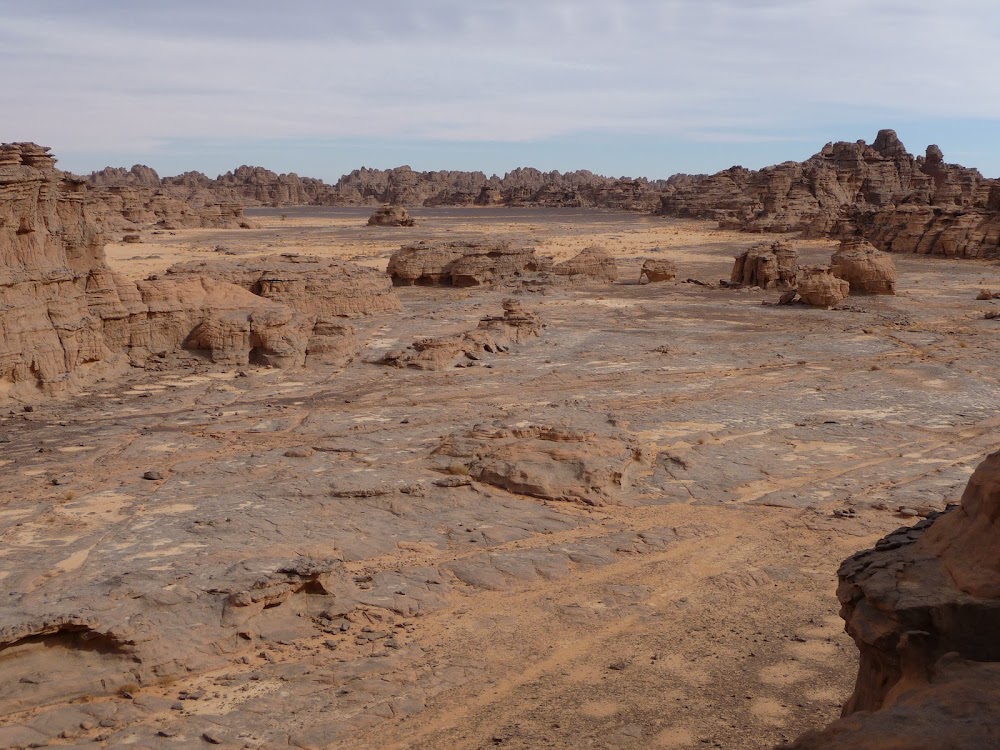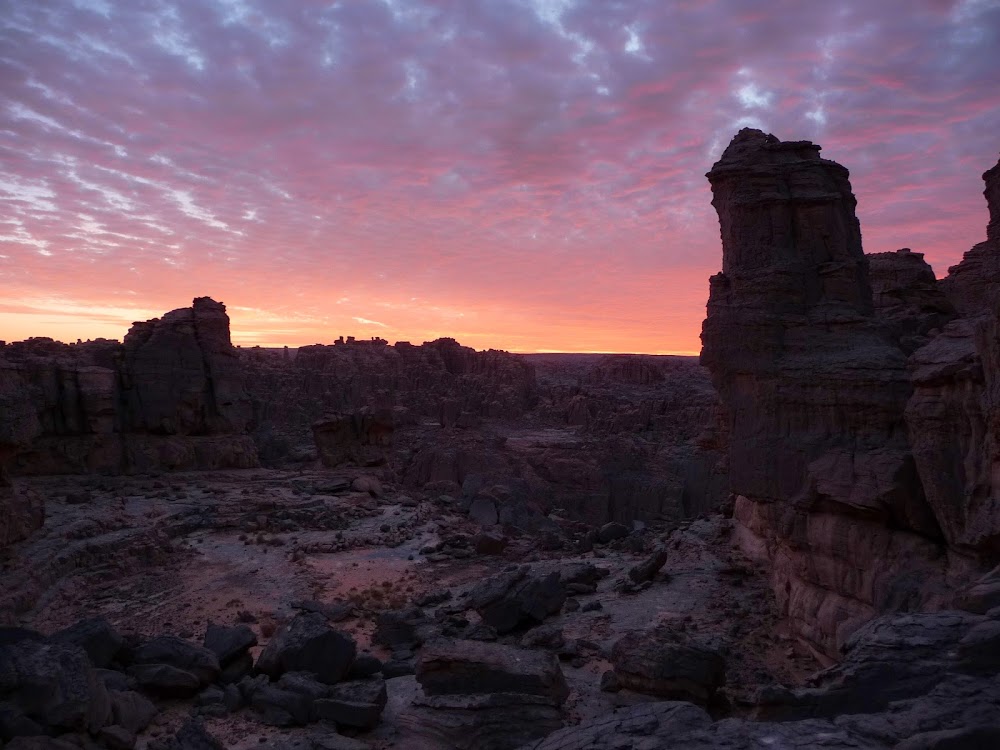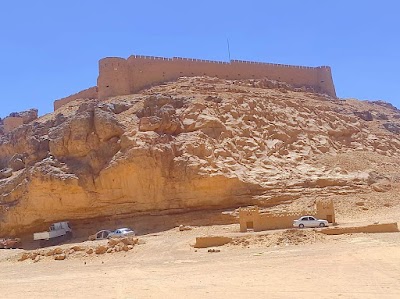Wadi Tanezzuft (وادي تانزفت)
Overview
Wadi Tanezzuft, often referred to as Ta-n Zoumaïtak, is a stunning landscape nestled in the Ghat District of Libya. This dry river valley, a relic of ancient times, once served as a vital artery that transported life-giving waters through the arid desert regions. The name Wadi Tanezzuft is derived from the local Berber language, highlighting the area's rich cultural heritage that has endured for centuries.
Historical Significance
The wadi is not just a feast for the eyes; it also holds immense historical value. For thousands of years, it has been a crossroads for various civilizations and nomadic tribes. Evidence of human habitation dates back to prehistoric times, with numerous rock carvings and artifacts scattered across the valley. These ancient artworks depict animals, humans, and scenes from daily life, providing a fascinating glimpse into the past and showcasing the creativity of early inhabitants.
Geological Marvel
The formation of Wadi Tanezzuft is a testament to the earth's geological processes. Millions of years ago, tectonic activities and climatic changes sculpted the landscape, creating a natural channel for water flows through the desert. During wetter periods, the wadi transformed into an active river, nourishing what is now a seemingly desolate area. As the climate dried over the centuries, the river receded, leaving behind a parched valley that has become a treasure trove for archaeological discoveries.
Archaeological Hub
In contemporary times, Wadi Tanezzuft is a focal point for archaeological and anthropological research. Scholars and explorers from around the globe flock to the Ghat District to unearth buried treasures and gain insights into the evolution of early human societies. The rock paintings, ancient tools, and remnants of former settlements found in Ta-n Zoumaïtak are invaluable for reconstructing the history of the Sahara and its peoples.
Unique Flora and Fauna
Despite its harsh climate, the wadi supports unique flora and fauna that have adapted to desert life. Sparse vegetation can be found on the valley floor, providing sustenance for resilient animals like gazelles and a variety of bird species. The wadi also serves as a natural pathway for nomadic tribes, who navigate the desert in search of better grazing lands for their livestock.
The Tuareg Connection
The local Tuareg population holds Ta-n Zoumaïtak in high esteem. For centuries, they have coexisted with this rugged landscape, possessing a deep understanding of its secrets and respecting its resources. Renowned for their rich cultural traditions and extensive knowledge of the desert environment, the Tuareg have passed down their wisdom through generations. Their presence adds a vibrant cultural layer to the wadi, enhancing its historical significance.
Growing Tourism
Tourism in Wadi Tanezzuft is on the rise as more people discover its captivating beauty and historical importance. Visitors to the Ghat District have the opportunity to explore the wadi, marvel at ancient rock art, and immerse themselves in the tranquil desert landscape. Guided tours led by local experts offer valuable insights into the history, geology, and wildlife of the area, making it an ideal destination for adventure seekers and history buffs alike.
In summary, Wadi Tanezzuft, or Ta-n Zoumaïtak, is a natural and historical treasure located in Libya's Ghat District. From its ancient rock carvings to its unique desert ecosystems, the wadi tells a compelling story of resilience and adaptation over millennia. It stands as a testament to the enduring human spirit and the intricate beauty shaped by our planet's geological processes.






